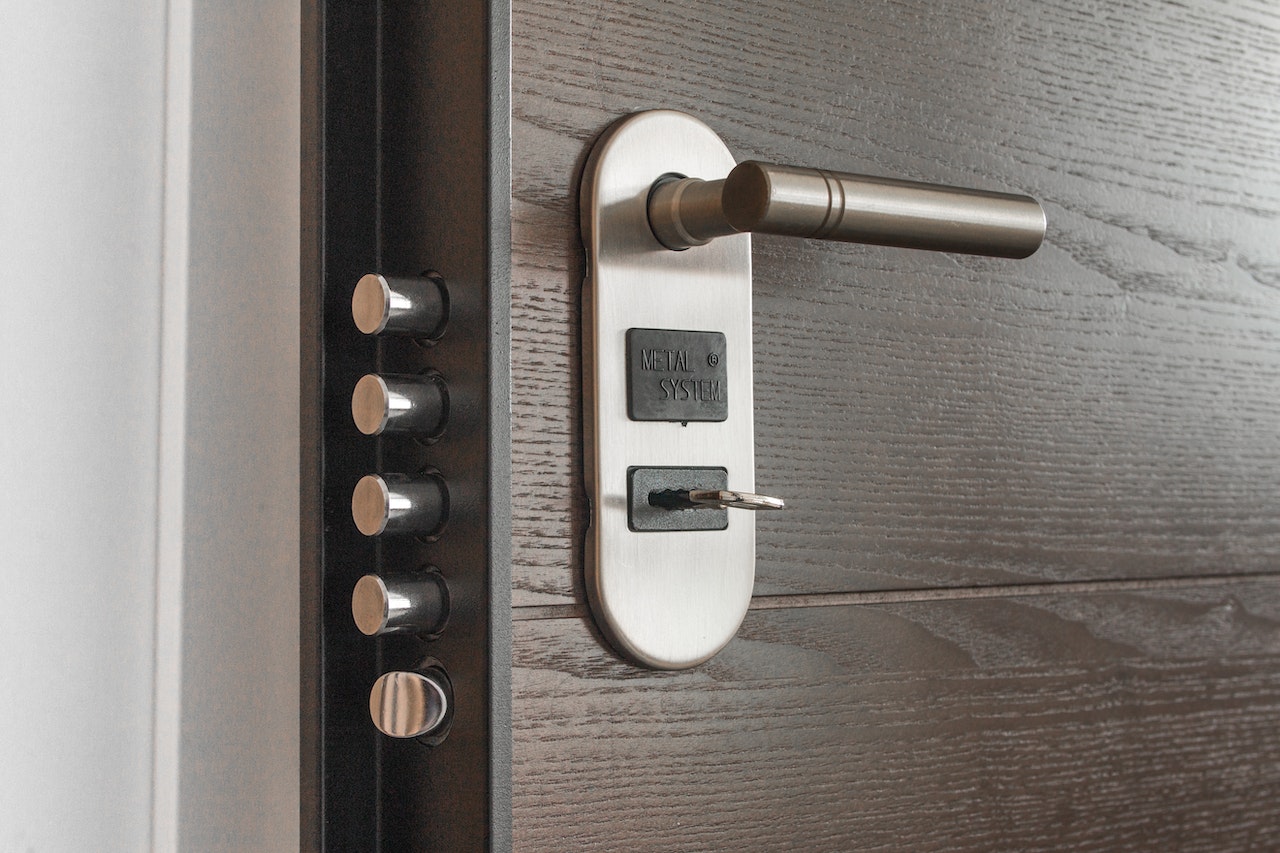French doors are a beautiful and functional addition to any home. They provide a stylish way to let in natural light and serve as an entry point to a patio, garden, or outdoor living space. However, like any door, it’s important to choose the right locks for french doors to protect your home and keep your family safe.
Here are a few simple tips for choosing and using locks for French doors.
Choose the right lock for French doors for your needs
There are several types of locks that can be used on French doors, including keyed locks, deadbolts, and sliding locks. Consider the level of security you need and the type of lock that will best meet those needs.
Install the lock at the proper height
It’s essential to install the lock at a size that is easily accessible to you but not to potential burglars. A good rule of thumb is to install the lock at least four feet off the ground or higher if possible.
Use additional security measures: In addition to a lock, you may consider using other security measures to protect your French doors. These might include security cameras, motion sensor lights, or window bars.
Keep the lock well-maintained
Proper maintenance is key to ensuring that your lock stays in good working order. This might include lubricating the lock mechanism, replacing worn or damaged parts, and regularly testing the safety to ensure it’s working correctly.
Following these simple tips, you can secure your
locks for french doors and protect your home from unwanted intruders.
Locks for Interior French Doors
There are several options for locks for interior French doors, depending on your needs and the level of security you want to provide. Some popular options include:
Keyed locks
Keyed locks can be installed inside the door and operated with a key from the outside. This can be a good option if you want to provide a secure locking mechanism but also need to be able to open the door from the outside in an emergency.
Deadbolts
Deadbolts are another option for securing French doors. These locks can be installed inside the door and operated with a key or thumb turn. Deadbolts are generally more secure than keyed locks, but they may be less convenient if you need to enter or exit the doors frequently.
Sliding locks
Sliding locks can be installed inside the door and operated by sliding a bolt into place. These locks are generally less secure than keyed locks or deadbolts, but they may be a good option if you want to provide a simple locking mechanism for your interior French doors.
Electronic locks
These can be operated with a keypad, fingerprint scanner, or another electronic device. These locks are convenient and can be a good option if you want to provide a secure locking mechanism without needing keys.
When choosing a lock for your interior French doors, you must consider the level of security you need and the type of lock that will best meet those needs.
Door Lock Installation
Installing a door lock is a relatively simple DIY project that can typically be completed in a few hours, depending on the type of lock you are installing and the condition of the door. Here are the general steps for installing a door lock:
Gather your tools and materials
You will need a drill, drill bits, screwdriver, tape measure, and the lock and mounting hardware provided by the manufacturer.
Measure and mark the door
Use a tape measure to determine the proper placement for the lock, and mark the location with a pencil.
Drill pilot holes
Use a drill and appropriate drill bit to create pilot holes for the mounting screws.
Attach the lock plate
Secure the lock plate to the door using the mounting screws and screwdriver.
Install the lock mechanism
Follow the manufacturer’s instructions to install it, ensuring it is appropriately aligned with the lock plate.
Also Read: Best Dresses For Your Little Girl On Valentine’s Day
Test the lock
Once it is installed, test it to ensure it functions correctly.
Installing a door lock can be a bit more complicated if you replace an existing lock or if the door is not aligned correctly. In these cases, you may need to make additional adjustments or seek the assistance of a professional locksmith.
It’s important to carefully follow the manufacturer’s instructions when installing a door lock and to use caution when drilling and working with tools. If you are unsure how to install a lock properly, it is recommended to seek the assistance of a professional locksmith.

